Help with Siding Decision
wu343
11 years ago
Featured Answer
Comments (9)
Epiarch Designs
11 years agogaonmymind
11 years agoRelated Professionals
Baltimore Architects & Building Designers · Charleston Architects & Building Designers · Lincolnia Home Builders · Cliffside Park Home Builders · Newark Home Builders · Tampa Home Builders · Kearns Home Builders · Fort Salonga General Contractors · Groton General Contractors · Hillsborough General Contractors · Hutchinson General Contractors · Los Alamitos General Contractors · Point Pleasant General Contractors · Rossmoor General Contractors · Tabernacle General Contractorswu343
11 years agoEpiarch Designs
11 years agowu343
11 years agowu343
11 years agoEpiarch Designs
11 years agowu343
11 years ago
Related Stories
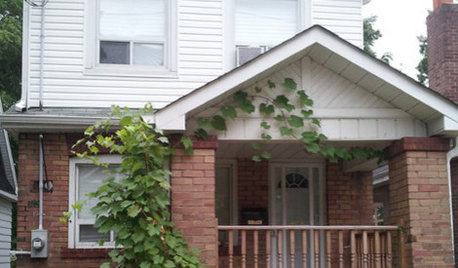
ENTRYWAYSHelp! What Color Should I Paint My Front Door?
We come to the rescue of three Houzzers, offering color palette options for the front door, trim and siding
Full Story
DECORATING GUIDESThe Dumbest Decorating Decisions I’ve Ever Made
Caution: Do not try these at home
Full Story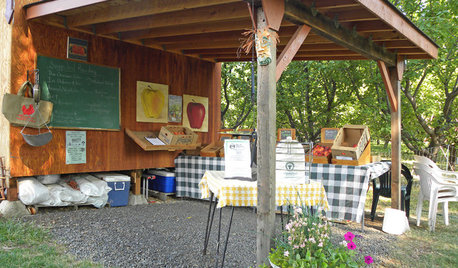
HOUZZ TOURSMy Houzz: The Orchard and the Life-Changing Decision
Toxins give way to pure, wholesome produce and passionately green living in this home and orchard in Eastern Oregon
Full Story
REMODELING GUIDESKey Measurements for a Dream Bedroom
Learn the dimensions that will help your bed, nightstands and other furnishings fit neatly and comfortably in the space
Full Story
ARCHITECTUREHouse-Hunting Help: If You Could Pick Your Home Style ...
Love an open layout? Steer clear of Victorians. Hate stairs? Sidle up to a ranch. Whatever home you're looking for, this guide can help
Full Story
DECLUTTERINGDownsizing Help: Choosing What Furniture to Leave Behind
What to take, what to buy, how to make your favorite furniture fit ... get some answers from a homeowner who scaled way down
Full Story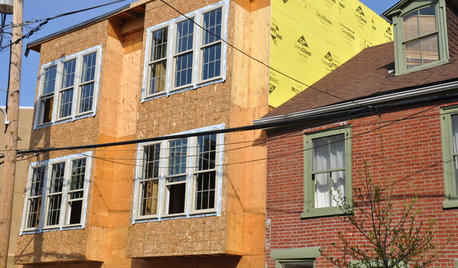
WORKING WITH PROS5 Steps to Help You Hire the Right Contractor
Don't take chances on this all-important team member. Find the best general contractor for your remodel or new build by heeding this advice
Full Story
CURB APPEAL7 Questions to Help You Pick the Right Front-Yard Fence
Get over the hurdle of choosing a fence design by considering your needs, your home’s architecture and more
Full Story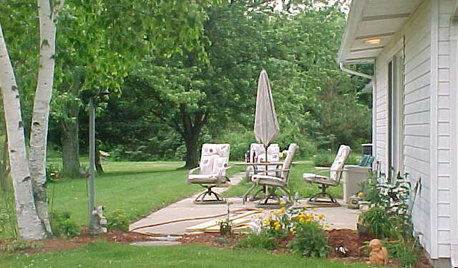

EXTERIORSHelp! What Color Should I Paint My House Exterior?
Real homeowners get real help in choosing paint palettes. Bonus: 3 tips for everyone on picking exterior colors
Full StoryMore Discussions







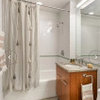

Epiarch Designs